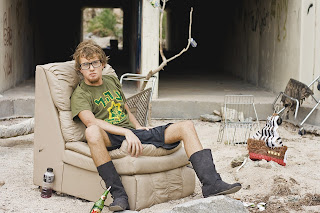 |
The estimated odds of becoming a victim of homelessness is 1 in 10. Homelessness can be broken down essentially into four categories.
- CHRONIC
- EPISODIC
- TRANSITIONAL
- HIDDEN
CHRONIC HOMELESSNESS
The United States defines and labels 'Chronic Homelessness' to an individual that is homeless due to a disability and is completely on their own. These people can range in age from
EPISODIC HOMELESSNESS
There are those who are currently homeless and have experienced being homeless at least three times in the last year. Meaning, they start to get on their feet only to fall back into homelessness days, weeks possibly months later because of either of no fault of their own or a personal/medical matter such as drug abuse, mental illness or a physical disability. These people are usually younger adults between the ages of 18 to 26.
TRANSITIONAL HOMELESSNESS
The most common type of homelessness is transitional homelessness. These people are usually younger and will normally stay in a shelter or make use of a program the government provides for homeless people. These are usually caused by a home fire, flood or other catastrophic event that has temporarily displaced them.
HIDDEN HOMELESSNESS
Hidden homelessness unfortunately goes mostly unreported. These people are normally known as 'provisionally occupied' meaning that they are depending on friends and/or relatives for their housing needs. They are provided with bathroom/kitchen facilities usually rent free. This is also known as 'couch surfing' to some with no guarantee of a long-term stay. These people are usually jobless and sometimes show no concern of making any effort to try to get on their own feet and get their own permanent housing.
